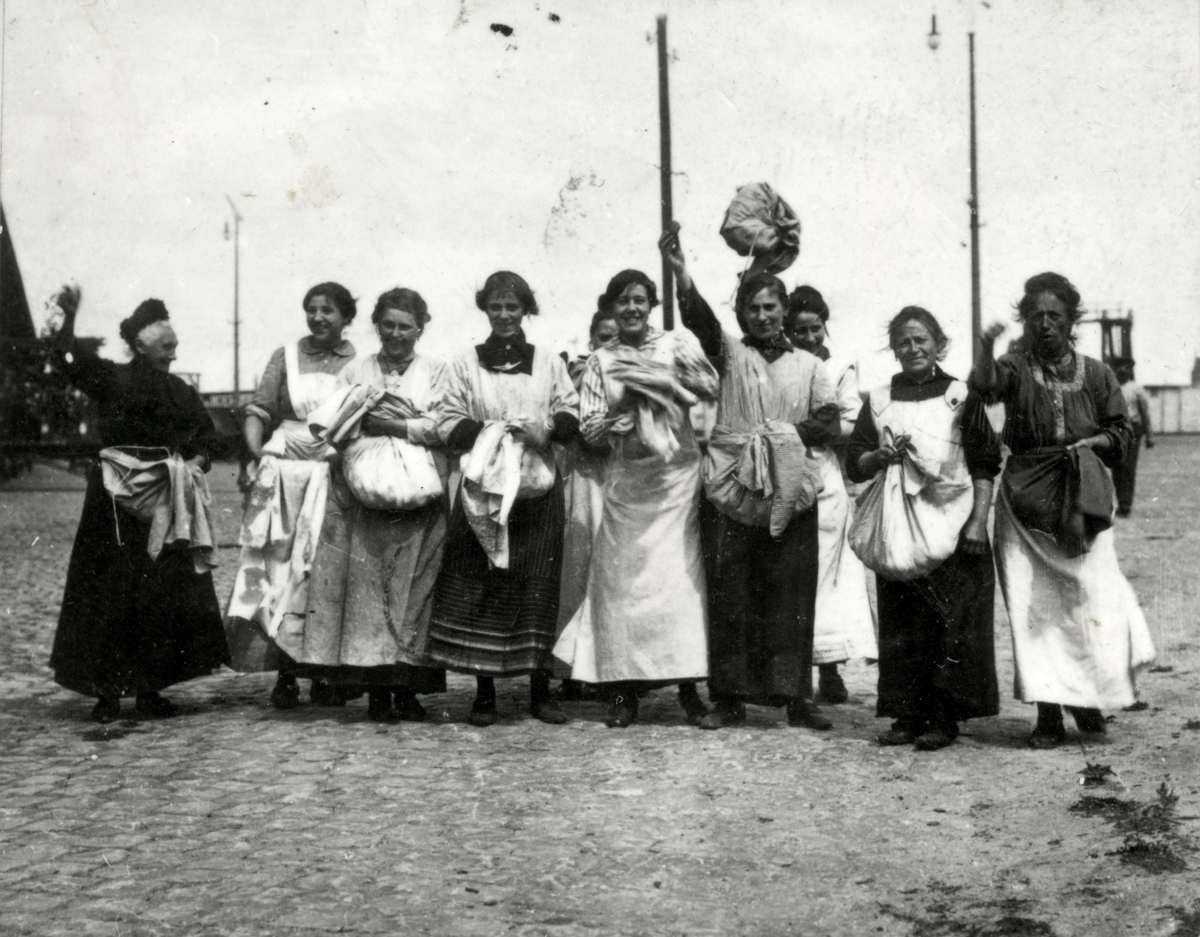1917 Potato riots on:
[Wikipedia]
[Google]
[Amazon]
 The Potato riots in June–July 1917 was a popular uprising in the Dutch capital city
The Potato riots in June–July 1917 was a popular uprising in the Dutch capital city
 In the first week of July of that year, the unrest grew and the workers themselves also saw action. Warehouses and shops were looted. The police were powerless and the army acted. The revolt culminated in a battle on 5 July 1917, in which soldiers opened fire on a crowd that had gathered at the
In the first week of July of that year, the unrest grew and the workers themselves also saw action. Warehouses and shops were looted. The police were powerless and the army acted. The revolt culminated in a battle on 5 July 1917, in which soldiers opened fire on a crowd that had gathered at the
 The food situation deteriorated further in 1918, the last year of the war. Many people lived on the brink of starvation and unemployment rose. The
The food situation deteriorated further in 1918, the last year of the war. Many people lived on the brink of starvation and unemployment rose. The
Reference site
{{in lang, nl
An article in the NY Times
1917 in the Netherlands 1917 riots Food riots Riots and civil disorder in the Netherlands July 1917 events
 The Potato riots in June–July 1917 was a popular uprising in the Dutch capital city
The Potato riots in June–July 1917 was a popular uprising in the Dutch capital city Amsterdam
Amsterdam ( , , , lit. ''The Dam on the River Amstel'') is the capital and most populous city of the Netherlands, with The Hague being the seat of government. It has a population of 907,976 within the city proper, 1,558,755 in the urban ar ...
that was caused by the food shortage in the Netherlands during World War I
World War I (28 July 1914 11 November 1918), often abbreviated as WWI, was one of the deadliest global conflicts in history. Belligerents included much of Europe, the Russian Empire, the United States, and the Ottoman Empire, with fightin ...
.
History
In the beginning of the 20th century, food was more within the reach of the workers. The First World War changed this. The Netherlands remained a neutral country, but experienced discomfort and hard circumstances. Imports and exports of goods stagnated. Bread and other food was rationed and soup kitchens sprang up. A bread ration was established in January 1917. On 28 June 1917, there was a shortage of potatoes. It became known in the neighborhoods of Amsterdam that there was a ship with potatoes in thePrinsengracht
The Prinsengracht is a -long canal that runs parallel to the Keizersgracht in the center of Amsterdam. The canal, named after the Prince of Orange, is the fourth of the four main canals belonging to the canal belt.
History
Construction starte ...
, but these were for the army. In order to feed their families, the working women of the Eastern Islands and the Czar Peter Neighborhood plundered the ship. According to the Councillor Josephus Jitta, there was no overall shortage of food as the workers had an extra supply of rice provided.
Rebellion
 In the first week of July of that year, the unrest grew and the workers themselves also saw action. Warehouses and shops were looted. The police were powerless and the army acted. The revolt culminated in a battle on 5 July 1917, in which soldiers opened fire on a crowd that had gathered at the
In the first week of July of that year, the unrest grew and the workers themselves also saw action. Warehouses and shops were looted. The police were powerless and the army acted. The revolt culminated in a battle on 5 July 1917, in which soldiers opened fire on a crowd that had gathered at the Haarlemmerplein
Amsterdam-Centrum is the inner-most borough and historical city centre of Amsterdam, Netherlands, containing the majority of the city's landmarks. Established in 2002, Amsterdam-Centrum was the last area in the city to be granted the status of se ...
. The revolt was beaten. There were nine dead and 114 people wounded.
Post 1917 food shortages
 The food situation deteriorated further in 1918, the last year of the war. Many people lived on the brink of starvation and unemployment rose. The
The food situation deteriorated further in 1918, the last year of the war. Many people lived on the brink of starvation and unemployment rose. The Spanish flu
The 1918–1920 influenza pandemic, commonly known by the misnomer Spanish flu or as the Great Influenza epidemic, was an exceptionally deadly global influenza pandemic caused by the H1N1 influenza A virus. The earliest documented case wa ...
epidemic hit and killed thousands of people, weakened as they were by starvation. The armistice on 11 November 1918 came just in time for the Netherlands. For the workers another winter of hunger and cold was prevented, as well as an impending revolution.
References
External links
Reference site
{{in lang, nl
An article in the NY Times
1917 in the Netherlands 1917 riots Food riots Riots and civil disorder in the Netherlands July 1917 events